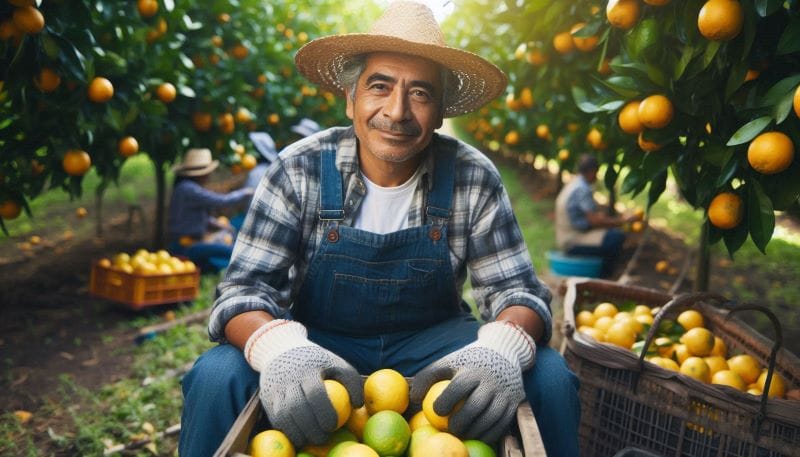Huauchinango's Region Thrives on Citrus Production
Huauchinango's citrus industry is booming. Despite facing challenges like diseases, the region's favorable climate and resilient producers have driven significant economic growth. The industry provides jobs, generates revenue, and supports local businesses.

In the undulating hills of the Sierra Norte, there thrives an unexpected titan of agricultural production—citrus. The region of Huauchinango in the Mexican state of Puebla has, over the past few years, emerged as a cornerstone of citrus cultivation, shaping both the economic and ecological landscapes in ways that are as vibrant as the fruit itself. From the juicy tang of oranges to the tart punch of lemons and grapefruits, the region has become a vital node in Mexico’s citrus industry, with Huauchinango serving as its zesty heart.
While many might associate Mexican citrus production with the sprawling plantations of Veracruz or the southern heat of Yucatán, Huauchinango has quietly climbed the ranks to become a key player in the national citrus scene. Puebla is now the fourth-largest citrus-producing state in Mexico, and Huauchinango’s significance is felt across six municipalities, with names like Francisco Z. Mena and Venustiano Carranza becoming synonymous with high-quality citrus harvests.




